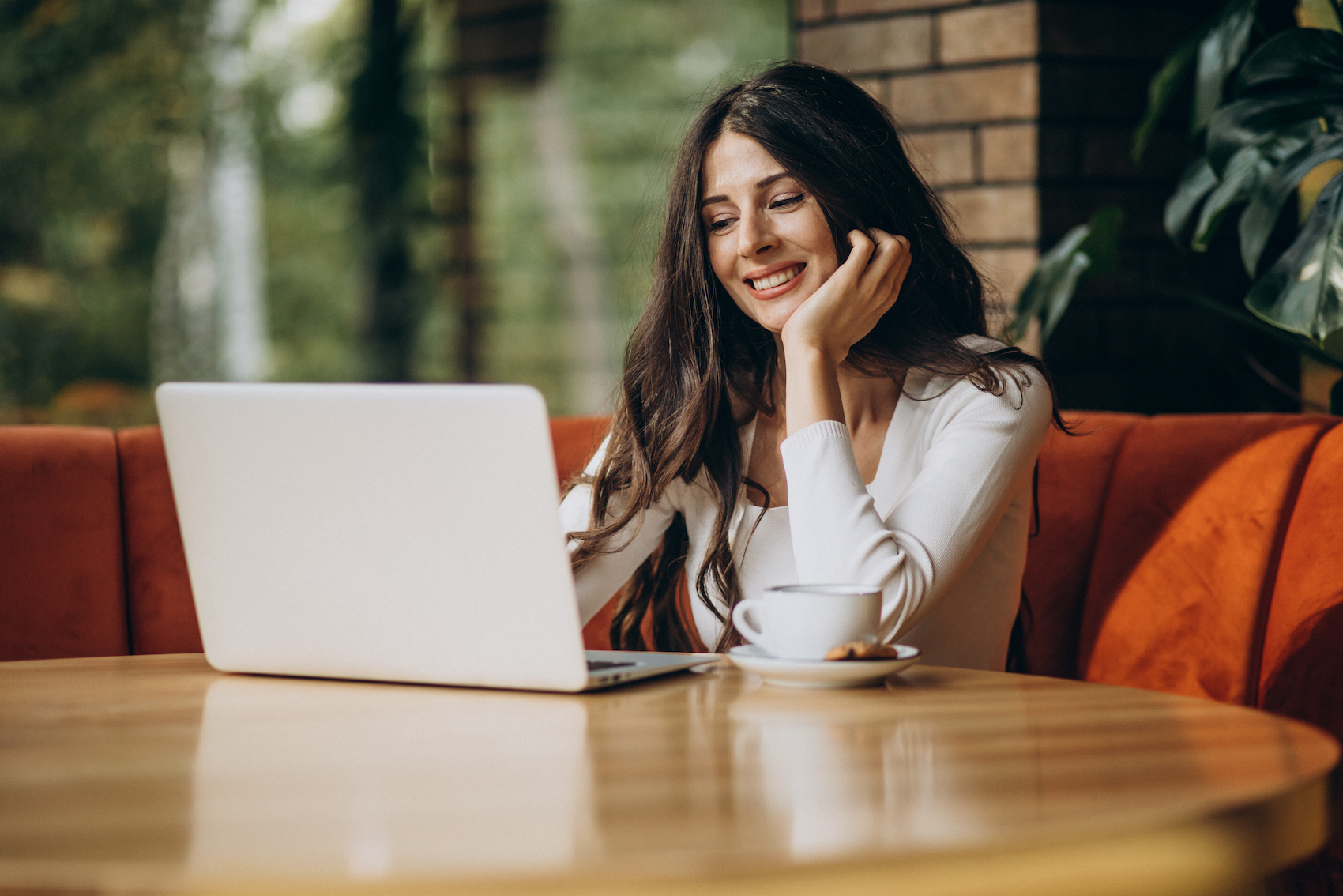Introduction
Many people call UTMs and UTM tracking differently. I’m sure you come to this blog post searching for one of these questions:
- What is UTM tracking?
- What is website UTM tracking?
- What is the UTM tracking code?
- What does UTM stand for?
- …
So let’s do this quickly…
UTM is short for Urchin Tracking Module.
They allow you to keep track of your traffic and the people/leads coming to your site performing the actions you expect them to do (opt-in, sales, etc.).
UTMs are added to the end of an URL to measure marketing performance. They help you identify the traffic source (HOW people find your website).
What are UTM tracking components?
There are five main parameters commonly used by many marketers.
- Source: This parameter is supposed to refer to the source your traffic is coming from– generally, the platform your link was put onto. It could be Facebook, Google, LinkedIn so on.
Example: utm_source=Facebook
- Medium: Medium is broader than Source, it refers to the general marketing channel your link was on. Examples include cpc, ppc, social media, email, and other broad channels.
Example: utm_medium=socialmedia
- Campaign: The campaign parameter allows you to identify and track the performance of a specific campaign. blackfriday2023, cybermonday2023, thanksgiving, halloweensales could be a few examples.
Example: utm_campaign=earlyaccess
- Term: Term is usually used interchangeably for the keyword. It is the keyword that your lead searched before finding your website.
Example: utm_term=software
- Content: The content parameter is used to identify the context that led to traffic to your site. So you can modify and optimize the content based on the conversion.
Example: utm_content=headerlink
Show me an example; what does it look like?
Most likely, you’ve seen them in the wild, even though you may not have paid attention to them.
They are “very” long strings attached to the main URL and page path.
It looks similar to this.

http://domain.com/landingpage?utm_campaign=earlyaccess&utm_medium=socialmedia&utm_source=Twitter
Everything that comes after the ‘?’ serves only the marketer to collect data–it won’t affect user experience at all.





